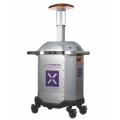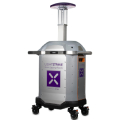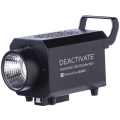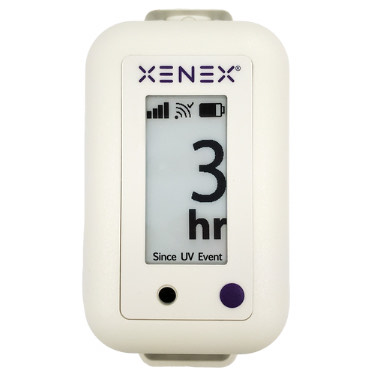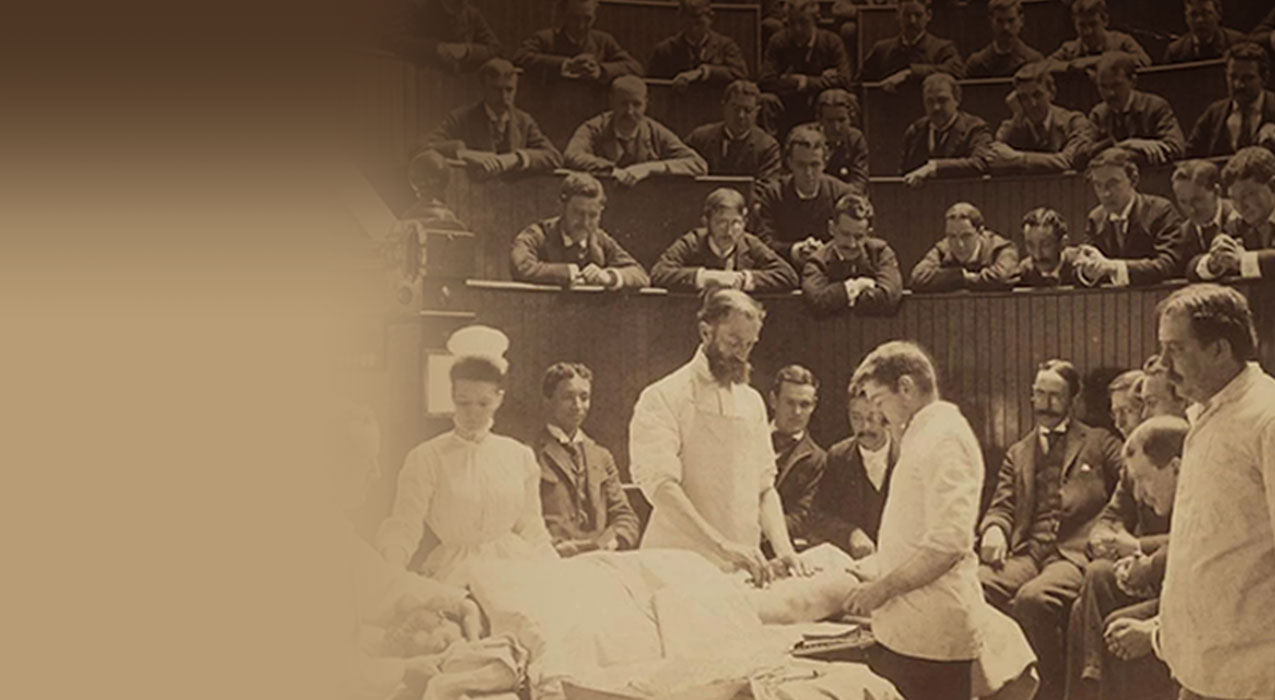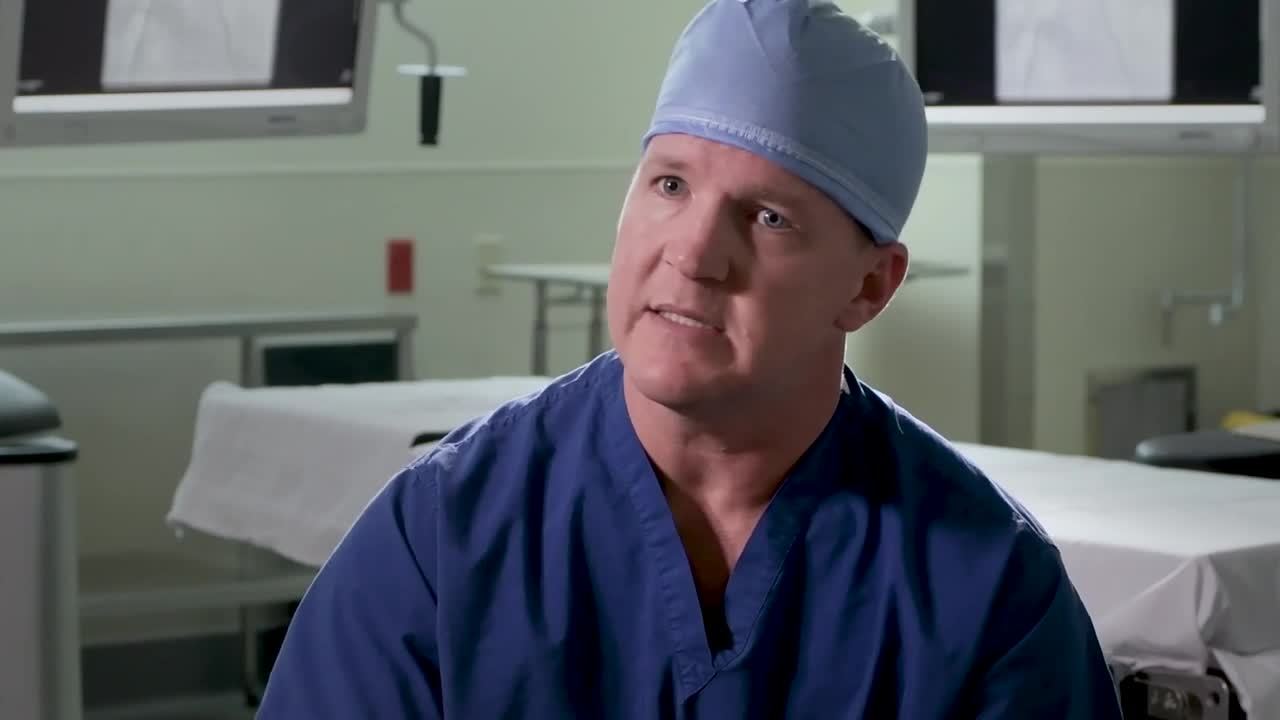Let’s all breathe a sigh of relief that operating rooms are nothing like they were back in the 1900s. At the same time, we have to appreciate and respect all of the medical professionals that paved the way for the advancements in technology, increased medical knowledge, and an improved understanding of how to help prevent pathogen transmission in the operating room.
Back then, it was the age of the surgeon showman. Surgeries were a spectator sport for medical professors and students, hence the name surgical theatre. It was a chance to witness medical miracles. Some surgical procedures even featured music played by a flutist.
It was a time when the threat of pathogen transmission was not well understood. Disinfection and antiseptic techniques didn’t exist yet. Surgeons did not wear gloves or masks during procedures.
In the early 20th century, the understanding of pathogen transmission improved, and surgeons began to adopt techniques to prevent the spread of pathogens. These techniques were refined over time, and the use of antiseptics, such as carbolic acid, became more widespread. Surgeons also began wearing gloves and masks during procedures to prevent the spread of pathogens from their hands and mouths.
During the mid-20th century, the development of antibiotics and other antimicrobial agents became widely utilized. However, this progress was not without challenges. The overuse and misuse of antibiotics led to the emergence of antibiotic-resistant strains of bacteria, which are still a major concern in the operating room today.
In the late 20th century and early 21st century, advancements in technology and medical knowledge led to further improvements to help prevent pathogen transmission in the operating room. The development of disposable surgical supplies, such as gowns and drapes became standard use. The use of HEPA filters and laminar airflow systems also helped to prevent the spread of airborne pathogens in the operating room.
Technologies like UV disinfection are reducing bacterial load between surgical procedures and destroying harmful germs that survive liquid chemical cleaning. One research study showed that just 2 minutes of Pulsed xenon UV light from the LightStrike robot reduced bacterial load by as much as 72.5% in the immediate surgical area.
The progress made in the field of surgery has been remarkable. The operating room of today is a highly controlled environment, with strict protocols in place to prevent the spread of pathogens. Surgeons and other healthcare professionals must follow strict hand hygiene protocols and wear personal protective equipment, such as gloves, masks, and gowns, during procedures. It will be interesting to see what advancements the future holds!
